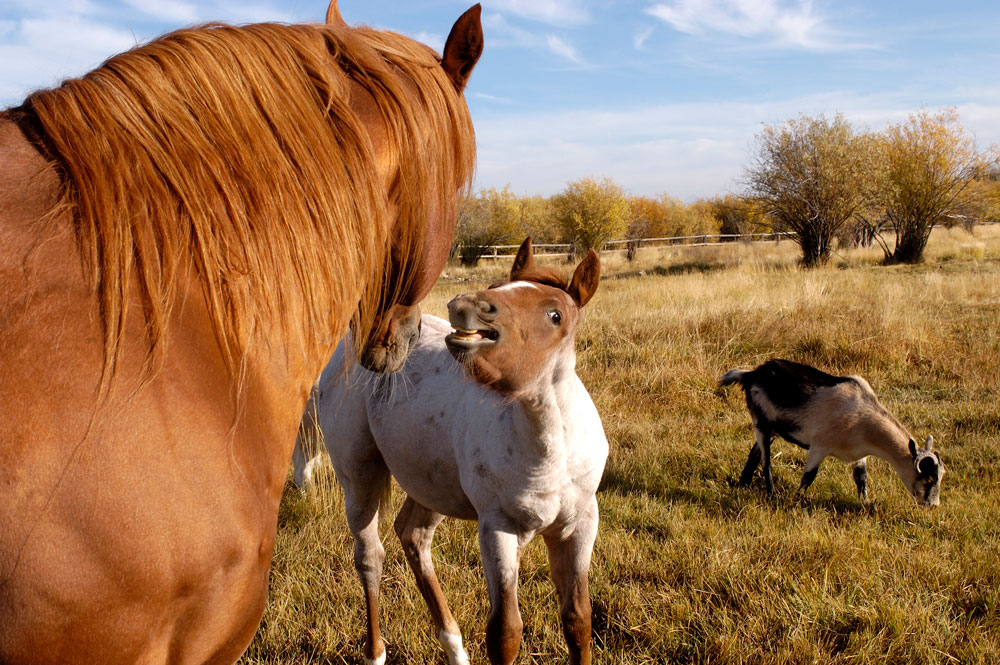
There are a number of ways to control weeds besides use of chemicals. “Mowing some of them can help,” says Bob Coleman, PhD, State Extension Specialist at the University of Kentucky. “In the taller, more erect plants, mowing can keep them from maturing and going to seed, but there are some weeds you don’t want to mow because this makes them tiller out and proliferate more. Some, like dandelions, will just bend over when you try to mow them; then they spring back up again.”
He said with some weeds, in order to control them by mowing, they must be cut really short. “And you don’t want to be mowing your pasture that short unless you are preparing to get rid of all the plants and reseed it,” he explained.
If there are only a few individual plants or patches of a certain weed, a person might be able to eliminate them by pulling them up or chopping them out, while they are still young and before they go to seed.
The best way to control weeds is to make sure you have a healthy stand of grass, since grass plants will outcompete and crowd out young weeds if the grass is not weakened by overgrazing. “Keep the grass growing vigorously and reduce bare areas to a minimum,” said Coleman.
Grazing a pasture with sheep, cattle or goats periodically can also control certain weeds because these animals will eat them. There are also certain host-specific insects that can be put out on a pasture to parasitize certain weeds and let Mother Nature control them naturally. These insects feed only on that particular weed and weaken it so that it doesn’t reproduce. Numbers of those weeds will diminish over time so they are not as big an issue.
The important thing is to have a plan. “How much land do I have, how many horses do I have, and how much forage do I want this pasture to supply from a nutritional standpoint or for exercise for the horses?” asked Coleman.
“If it doesn’t rain and I don’t have good grass growth, how do I minimize damage to the pasture and prevent overgrazing and encroachment by weeds?” he continued. “If it’s a rotation system, you might plan to keep the horses in just one segment as a sacrifice area and not move them (because there is no grass to move them to) and retain the health of the rest of the pasture.”
“If you choose to keep the horses in one area of the pasture, pick the spot where it will be easiest to get feed and water to and easiest to get equipment into—for reseeding it after the drought is over and you can go back to pasture rotations again. You’ve kept the rest of the pasture healthy, with less risk for encroachment by opportunistic weeds.


